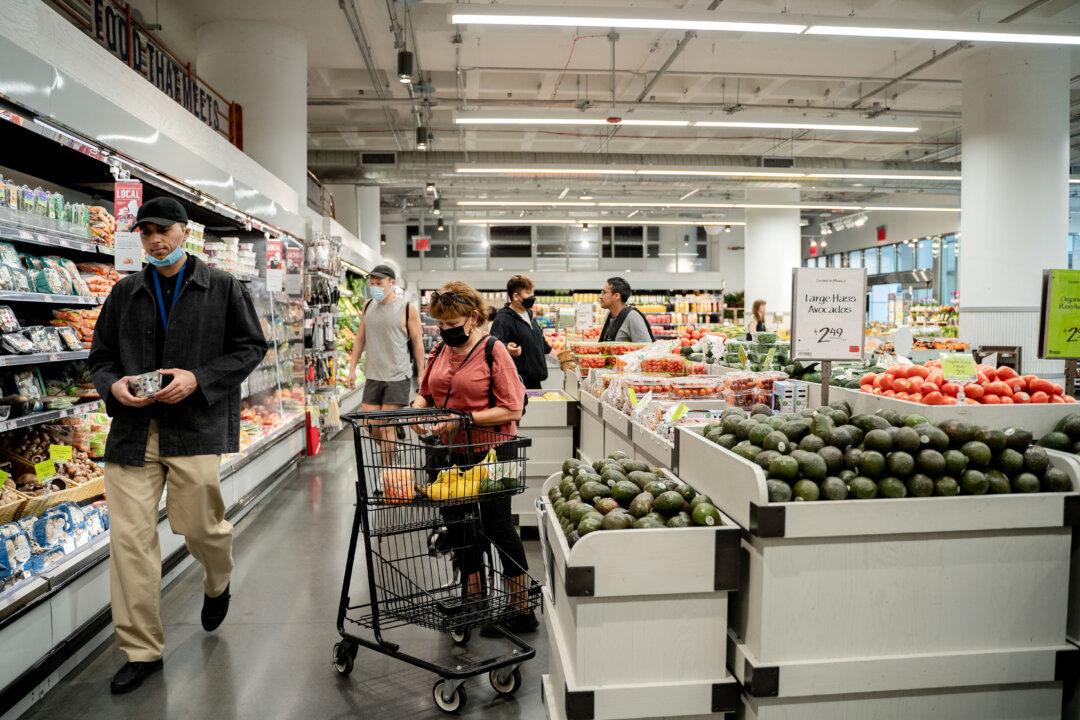Commentary
Food prices are sky high. On a recent trip to the supermarket in America, I spent $30 on a watermelon. It was a heavy 23-pound melon, but it lightened my wallet more than expected.

Food prices are sky high. On a recent trip to the supermarket in America, I spent $30 on a watermelon. It was a heavy 23-pound melon, but it lightened my wallet more than expected.